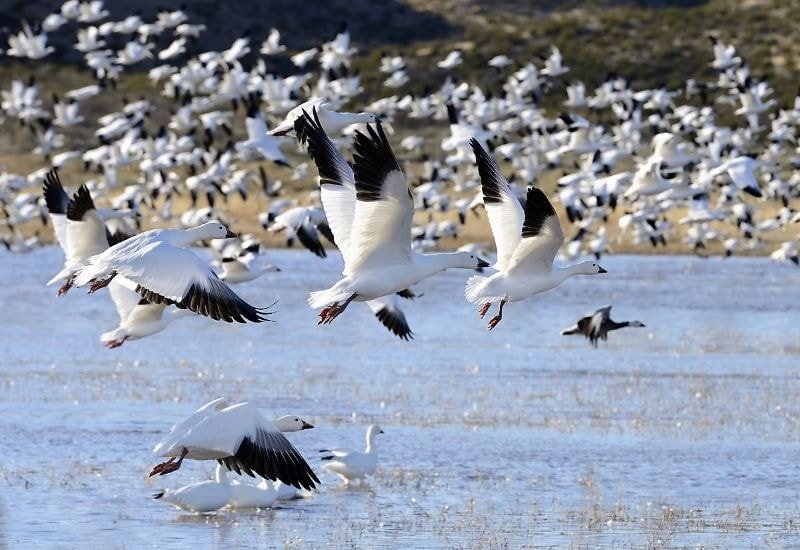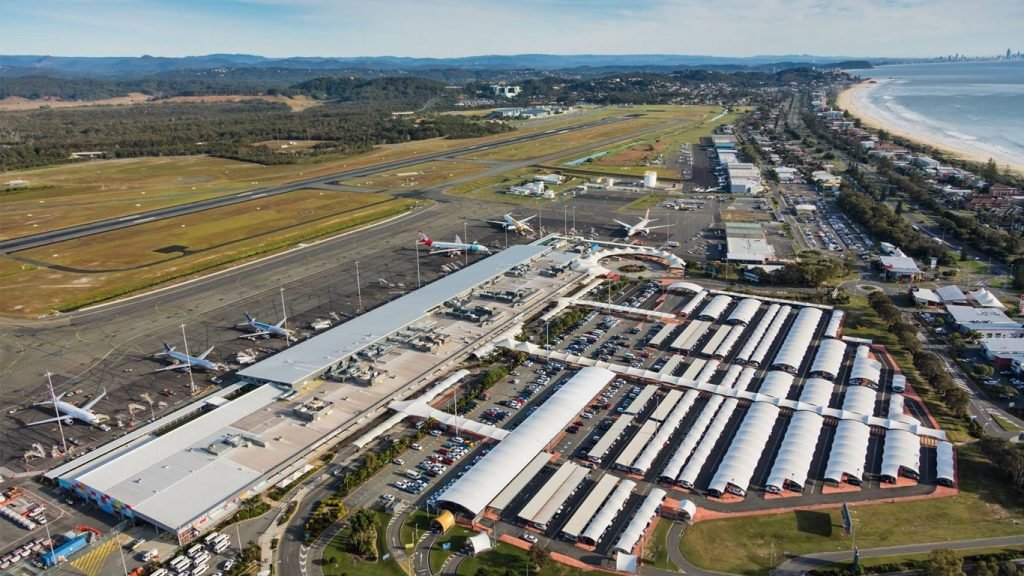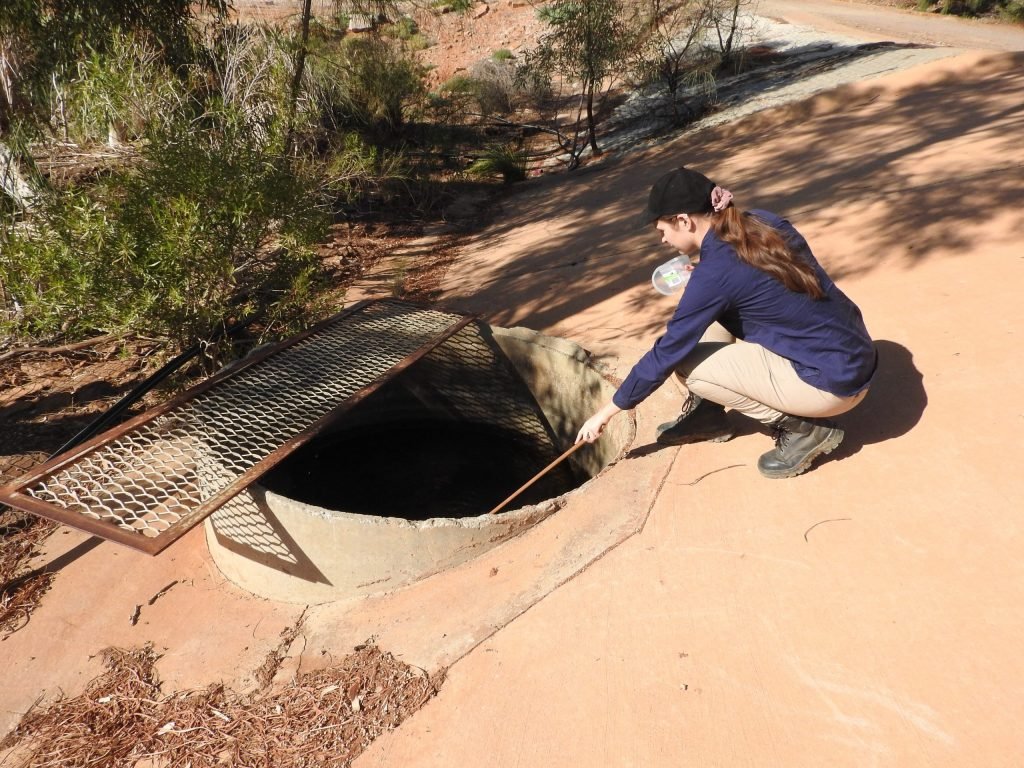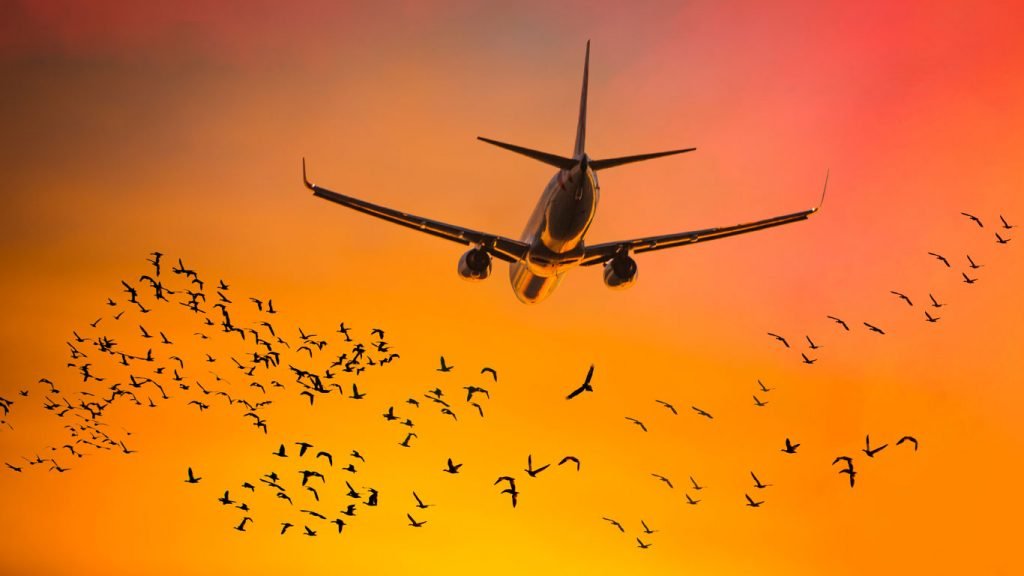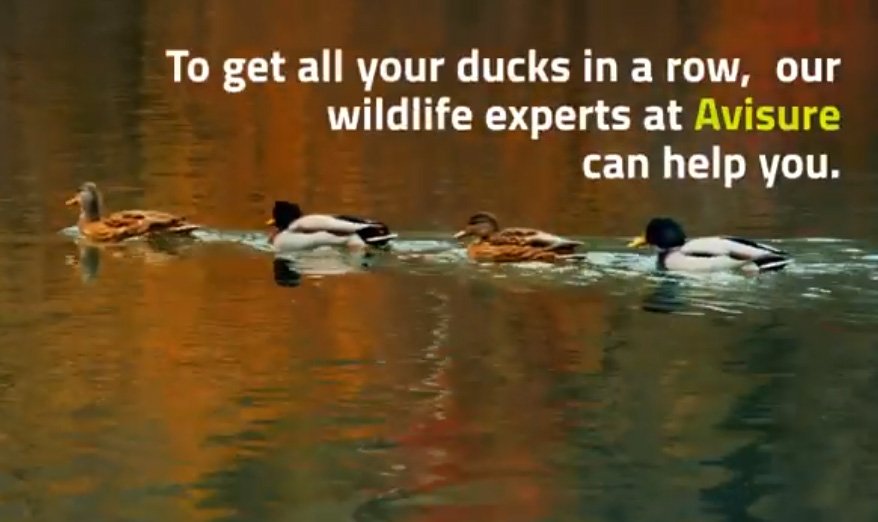Animals can be infected with COVID19. What does that mean for you?
Avisure is pleased to join the Australian Airports Association (AAA) in the release of Zoonotic* safety information. The release is directed to those aviation personnel who deal with wildlife management. Investigations have found that some animals can be infected with CoV2. How do you prevent being exposed to carrier animals? The release outlines the risk […]
Animals can be infected with COVID19. What does that mean for you? Read More »


